York’s railway history – there to see in current buildings
There are a surprising number of buildings still standing in York that were previously used by the railway industry. Here are some of them.
The Yorkshire and North Midland (Y&NM) Railway opened in 1839.
Y&NM loco works
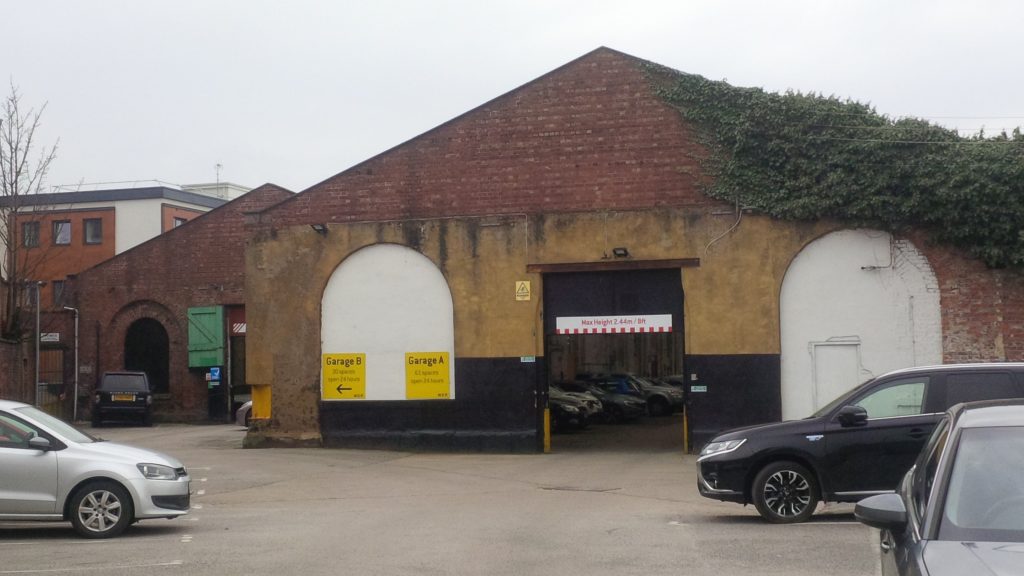
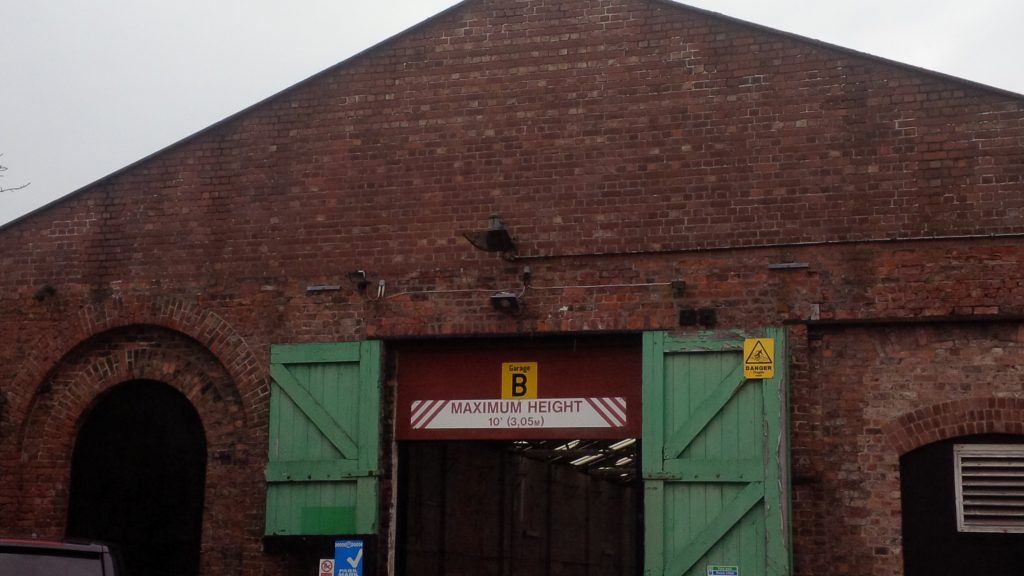
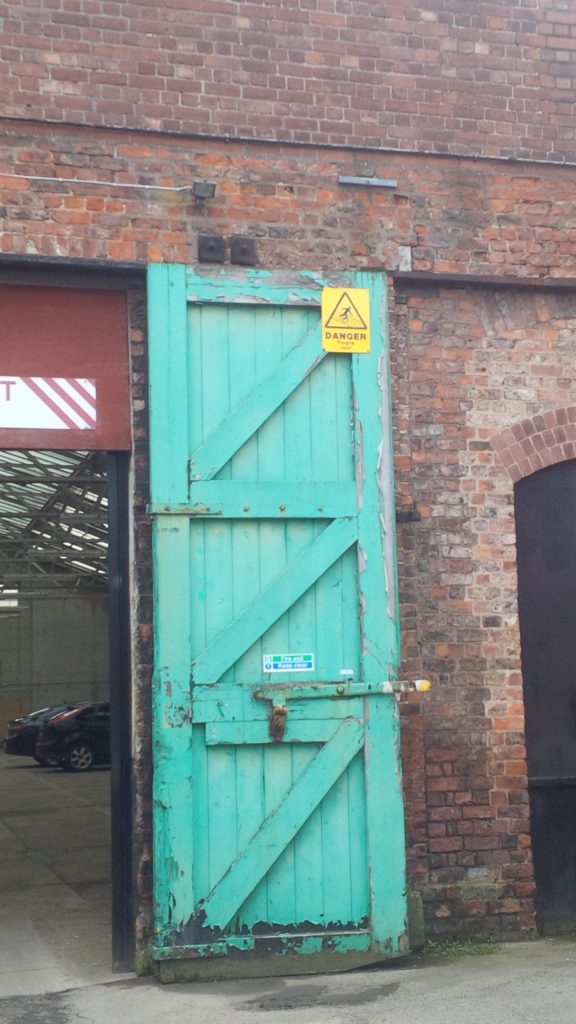
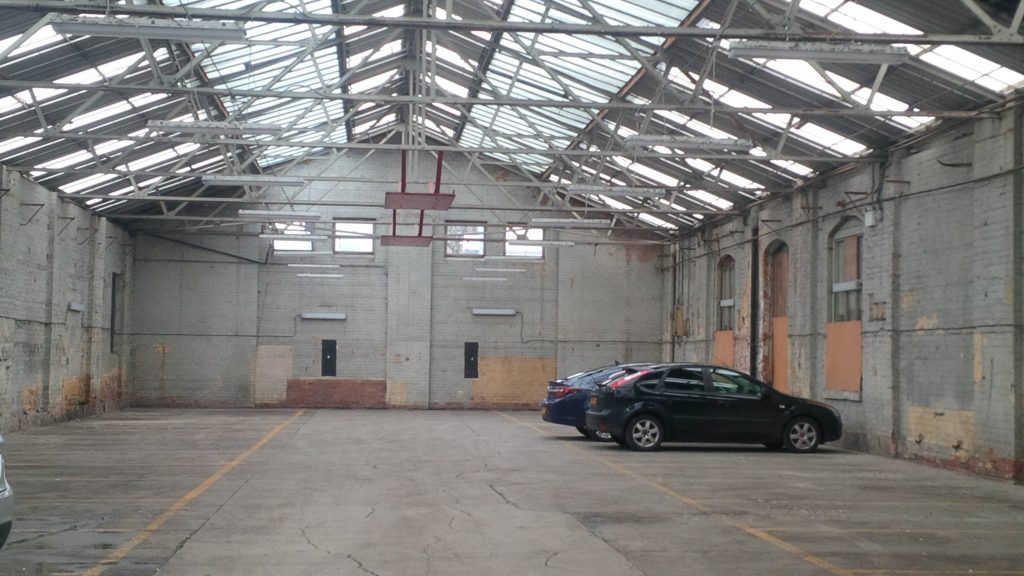
One of the machine shops became the Road Motor Engineer’s garage.
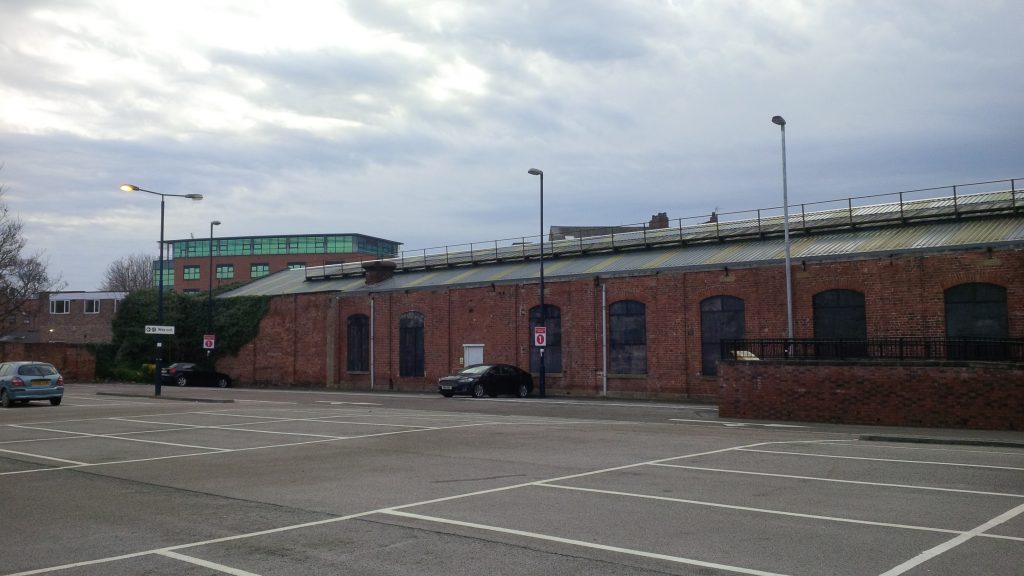
This car park was the site of Y&NM boiler shop.
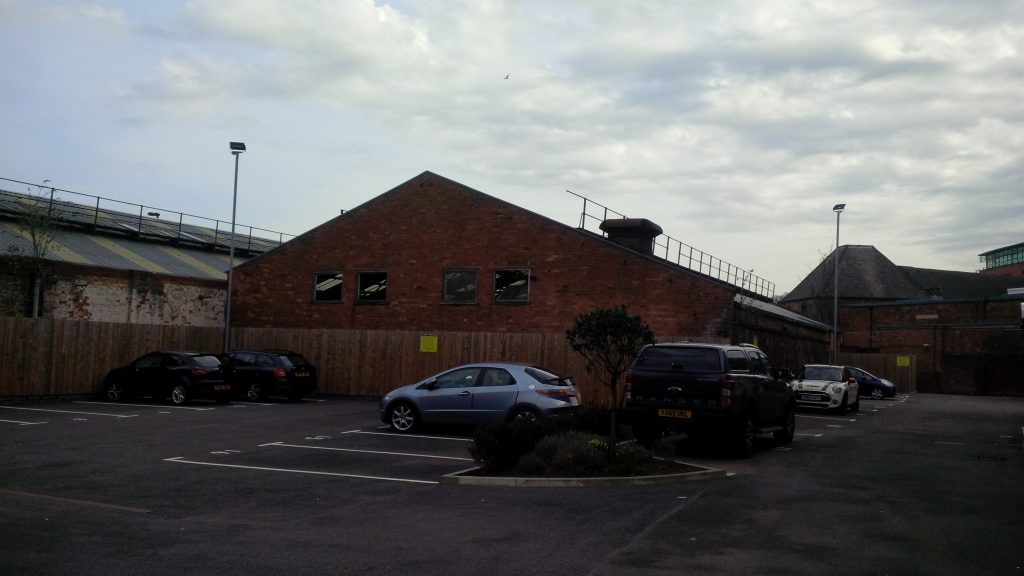
The pyramidal roof in the background was the malthouse on The Crescent, previously owned by John J Hunt, brewery owner
Water tank
The remains of the water tank is near where the turntable was.
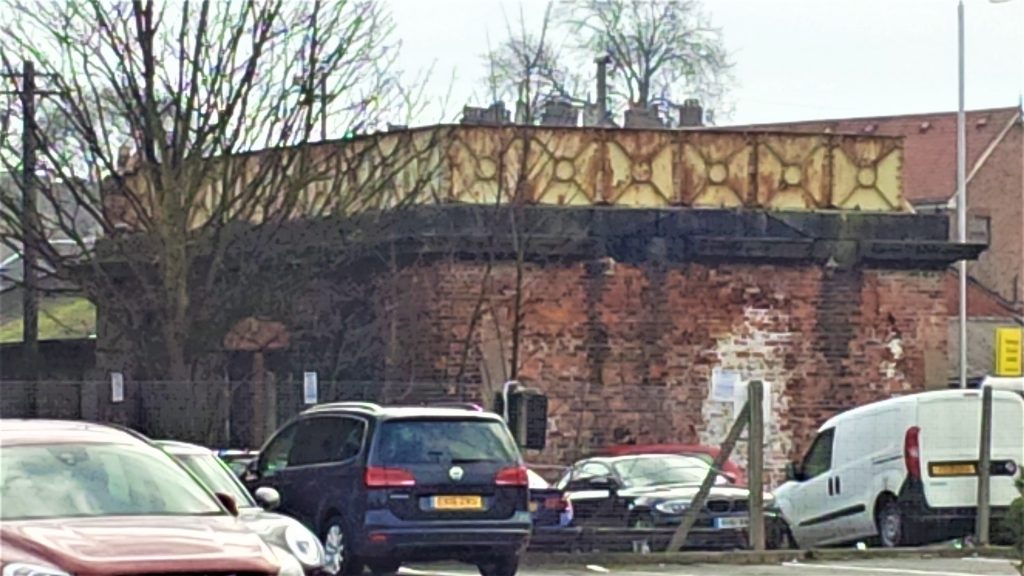
British Listed Building’s website says this was built by the Walker Foundry, Walmgate. But my uncle who lives in the West Midlands and has had articles about the manufacturer published disagrees. He says the tank was made in West Bromwich by Braithwaite Engineering. The distinct metal pressing of the X shape on each individual panel is unique to Braithwaite. The factory of 1884 has been demolished. The old water tower made for Squire’s locks in Wolverhampton had this panel design.
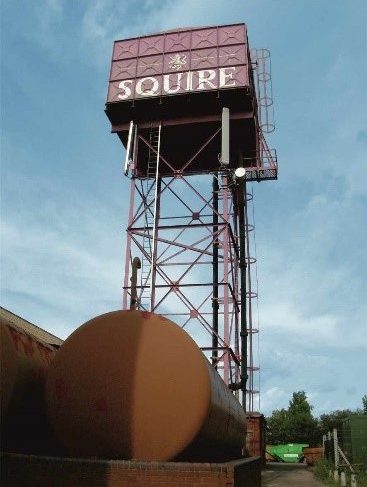
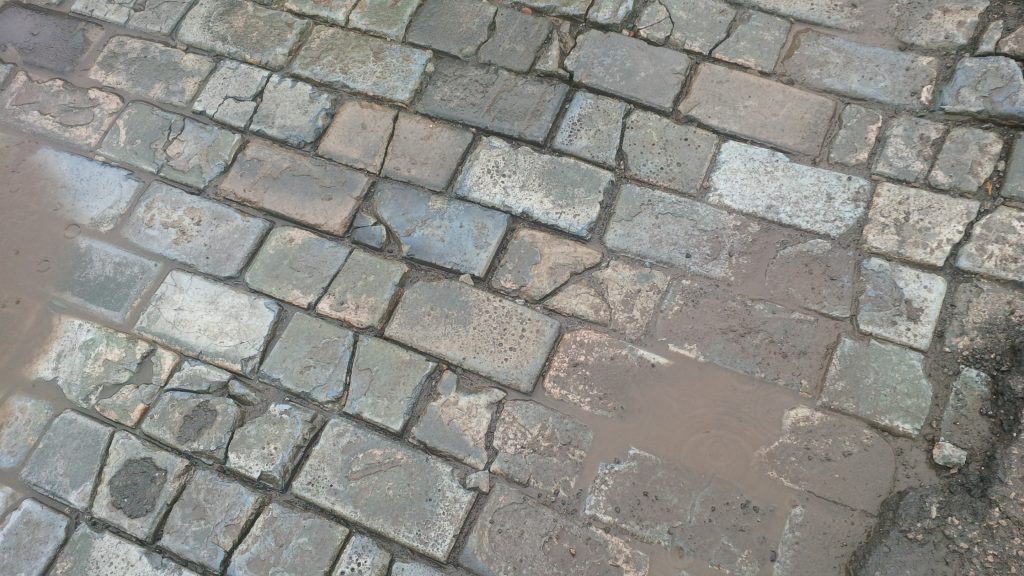
The site in York is now used as a fitness studio. Their website shows the inside.
Number 1 erecting shop
The 1937 York map shows this being used as the lost property department.
Number 2 erecting shed
Railway Institute
There are photos of the inside here
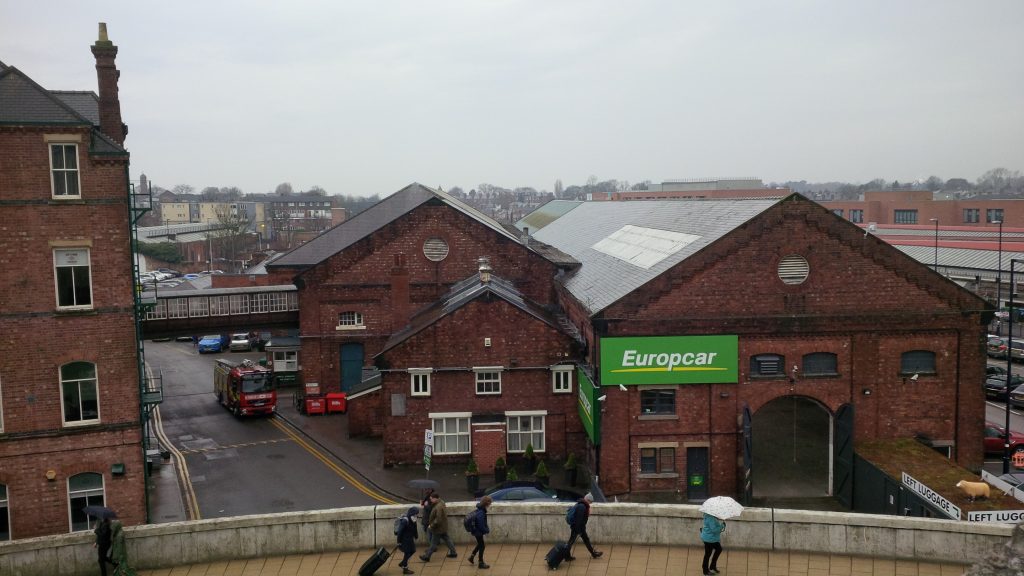
The road where the fire engine is was previously a railway line
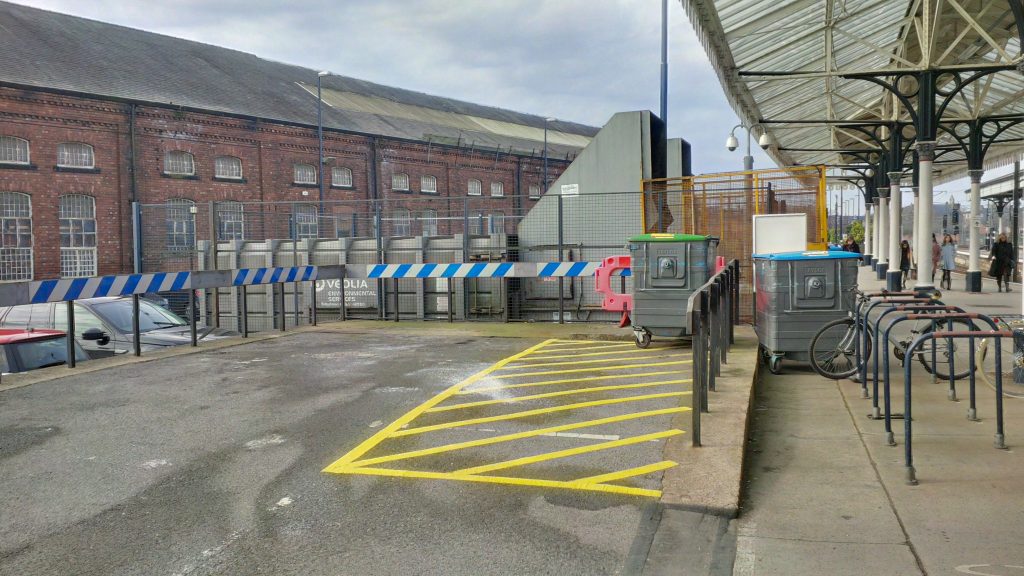
Railway Institutes
Dating from 1889, the Railway Institute for the NE Railway was built near the Queen Street works.
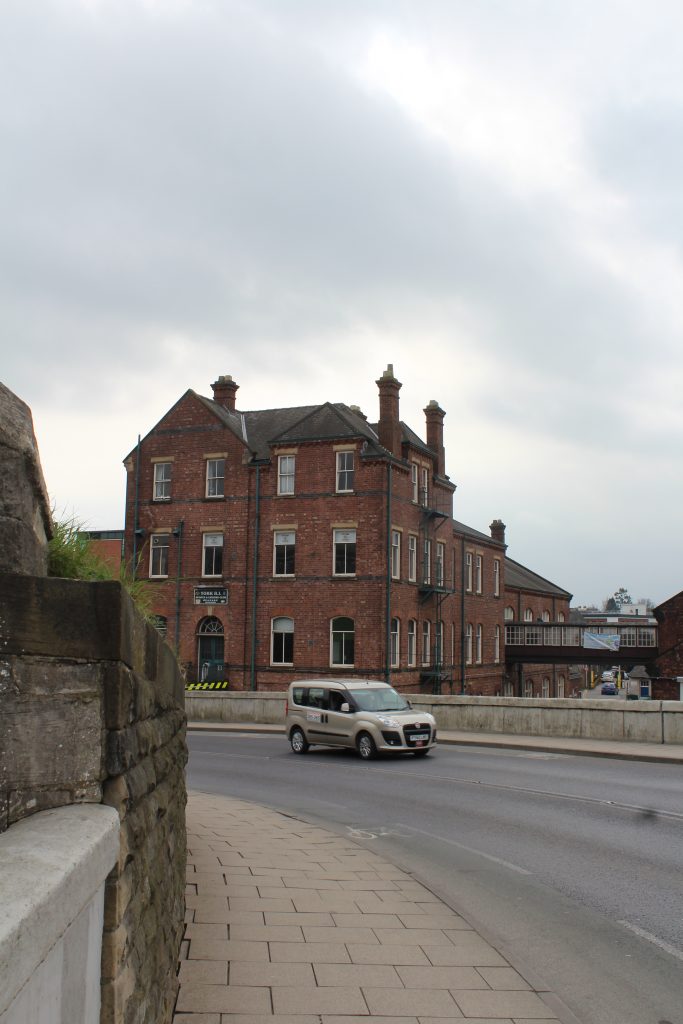
There was a separate railway institute near Forsellius’ garage, on Blossom Street.
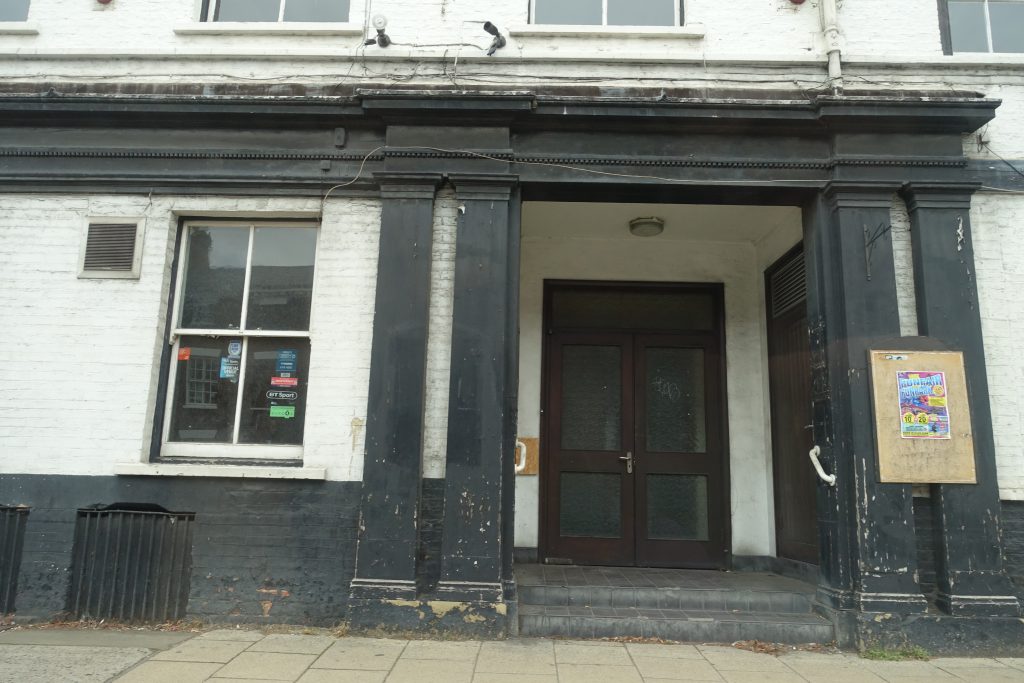
Concrete Depot
Now car park of National Railway Museum, previously Concrete Depot
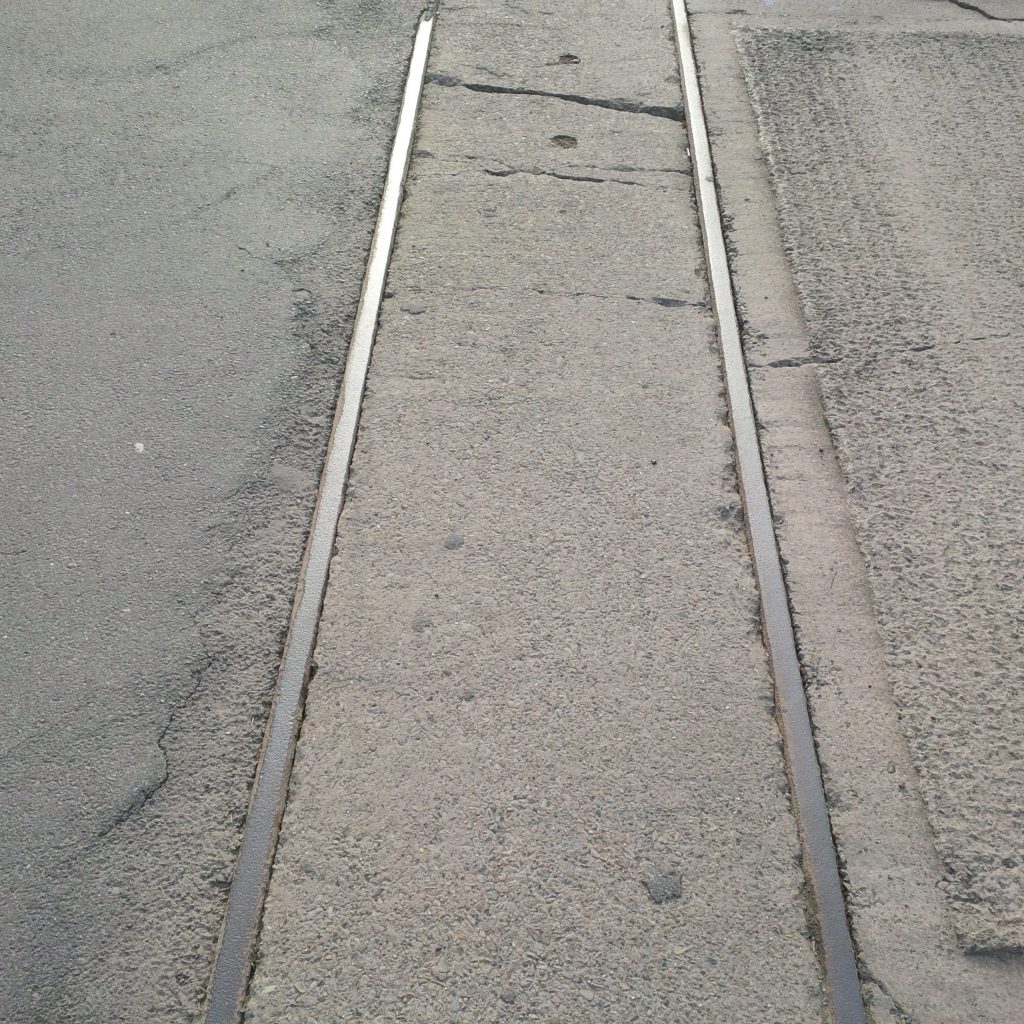
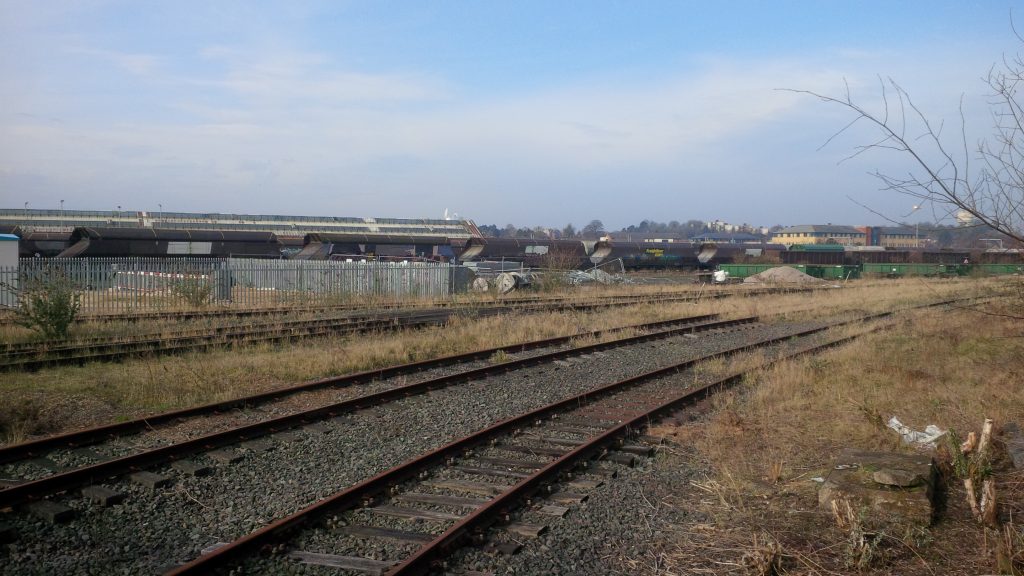
Previous access to LNER goods branch
Former goods station and yard
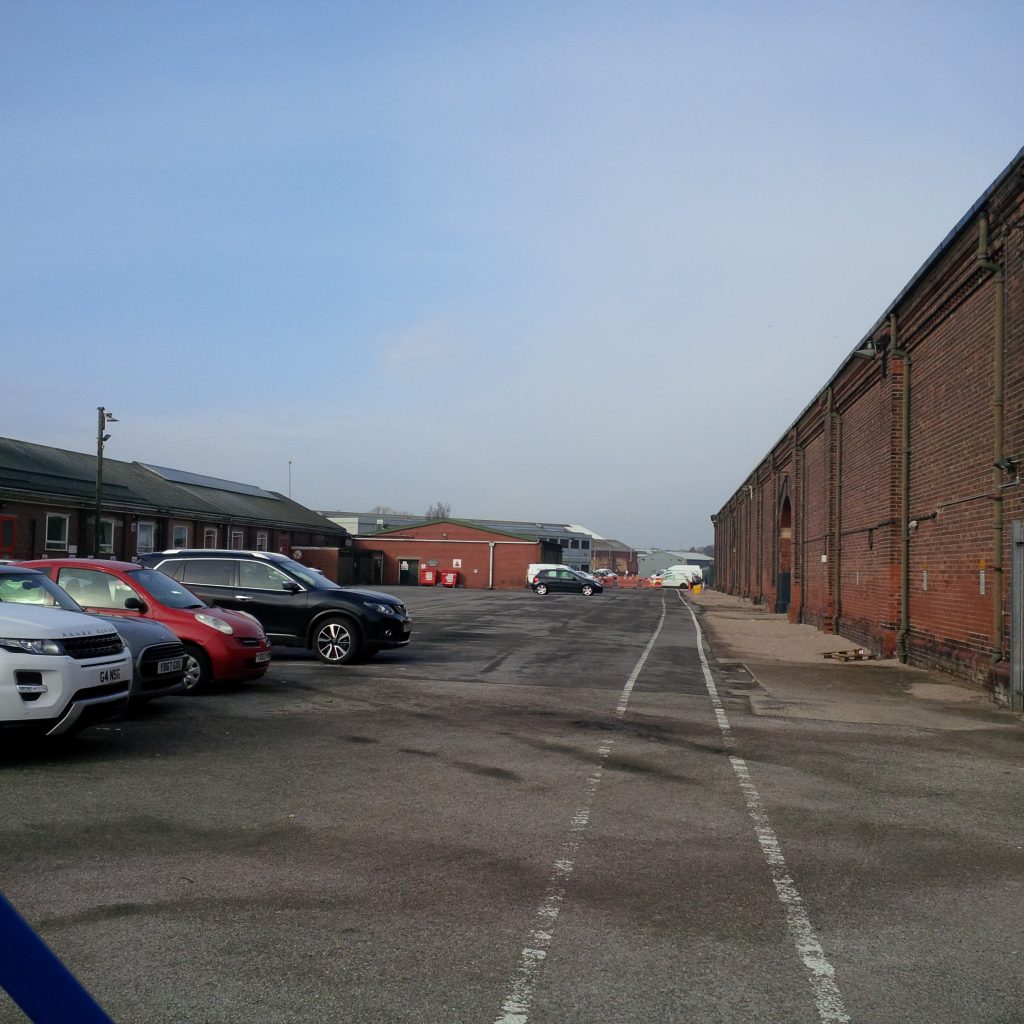
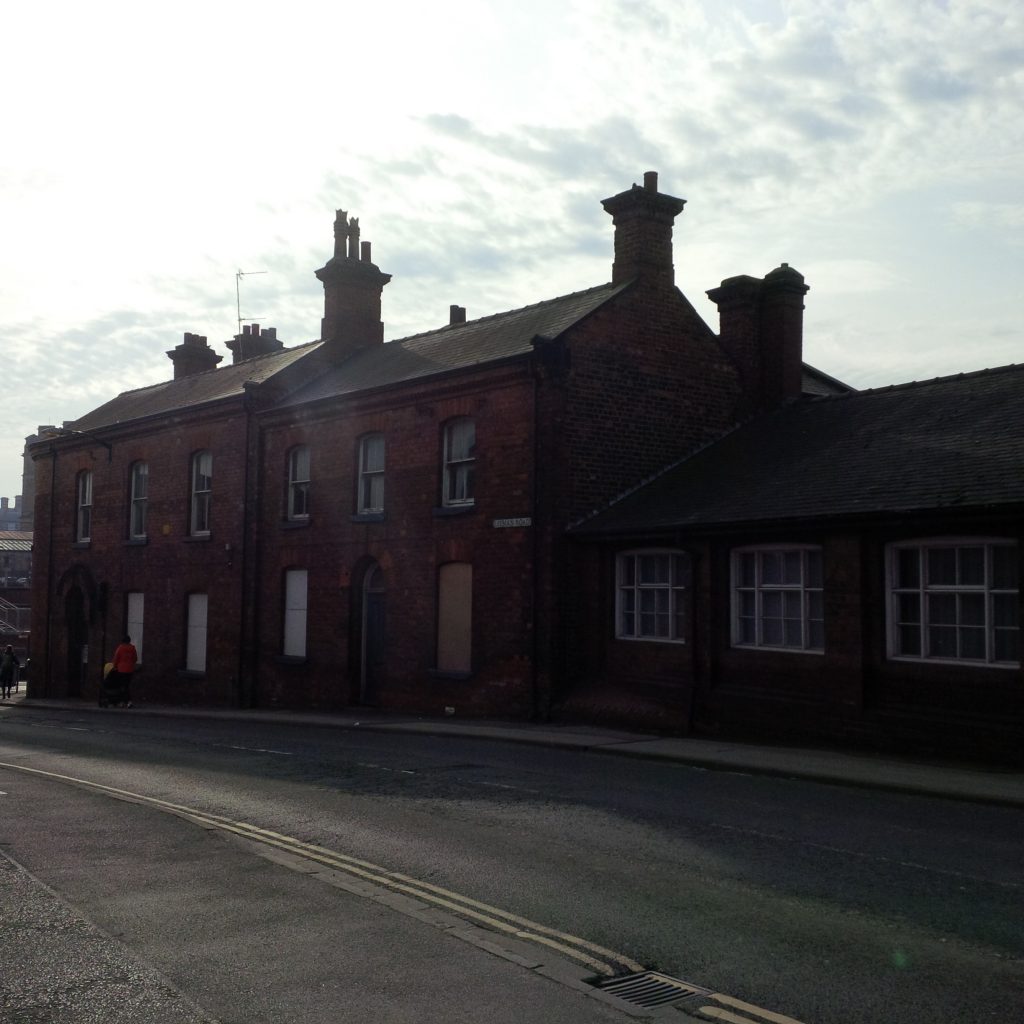
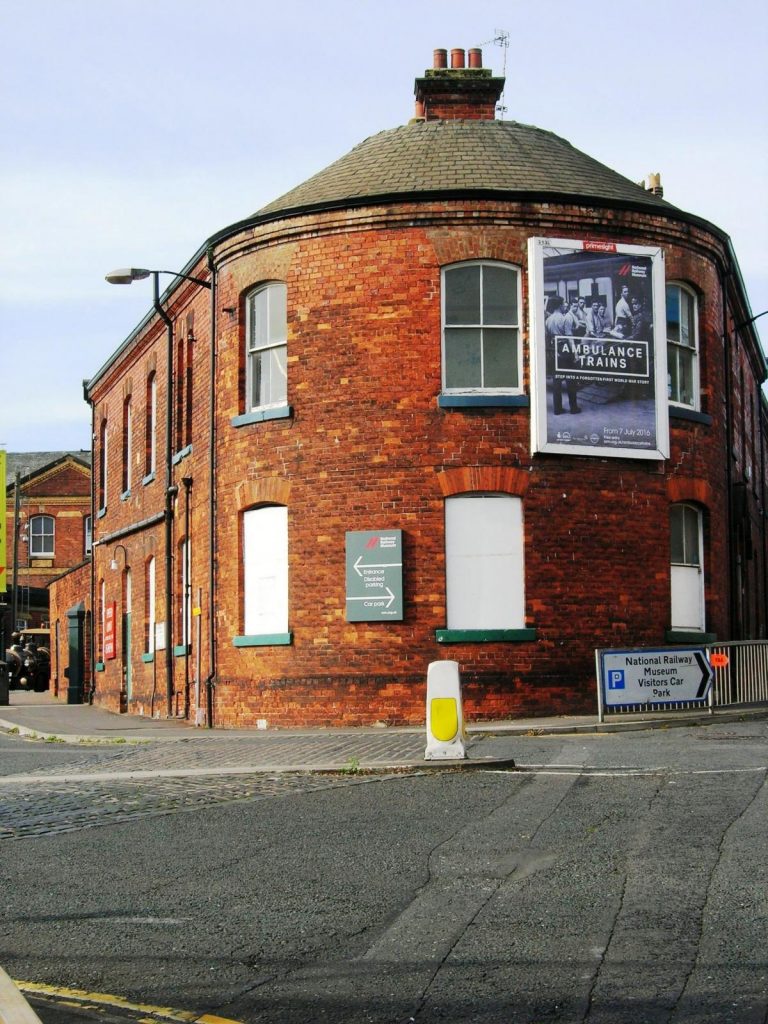
Bullnose Building, former Coal Manager’s office and house
Goods yard stables and canteen for enginemen and shed staff
My dad can remember going to see his father, Joe Morgetroyd, in the canteen for shed staff which was in these old stables. Staff were given their wages there.
Front
Behind
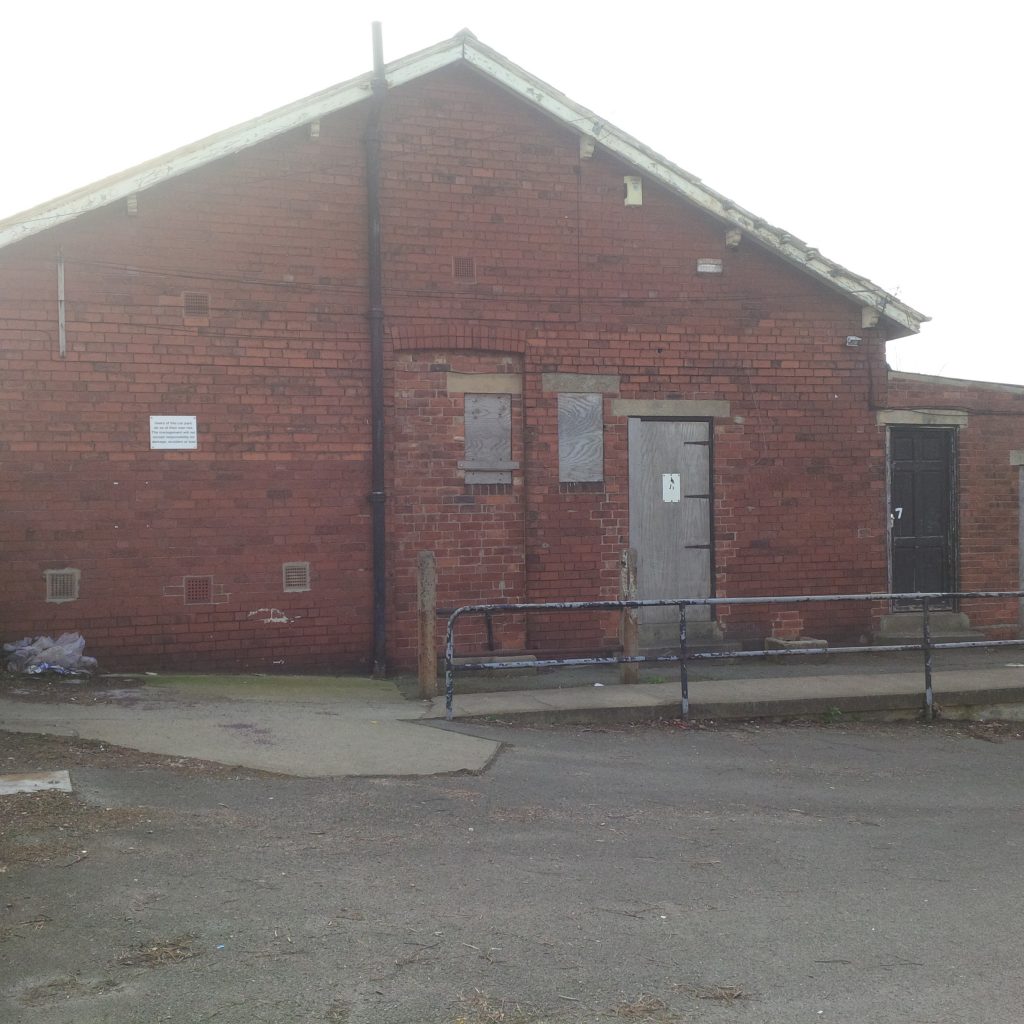
At the left of the stables there is an old house (blue) with a faint number 3 on the door. Assuming the numbers haven’t changed, in 1939 this was occupied by Charles Fearn and family. He was an overhead wireman. Number 2 was Tom Clark, railway fitter and number 1 William Clayton, railway goods guard. William Clayton, was an ancestor of my dad’s brother in law. My dad’s sister Joan married into the King family. William King (1909 – 2000) worked for Cooke, Troughton and Simms (Vickers), instrument makers which used to be on Haxby Road. William King’s mother was Muriel Hanley. Her father, Edward had a brother called Fred. His son, Fred A married Muriel K Clayton. Her father was the William Clayton mentioned above.
Other addresses that have now been demolished were 1 – 5 Scarborough Villas and 1 – 16 North Eastern Crescent (near the large wheels outside the Railway Museum).
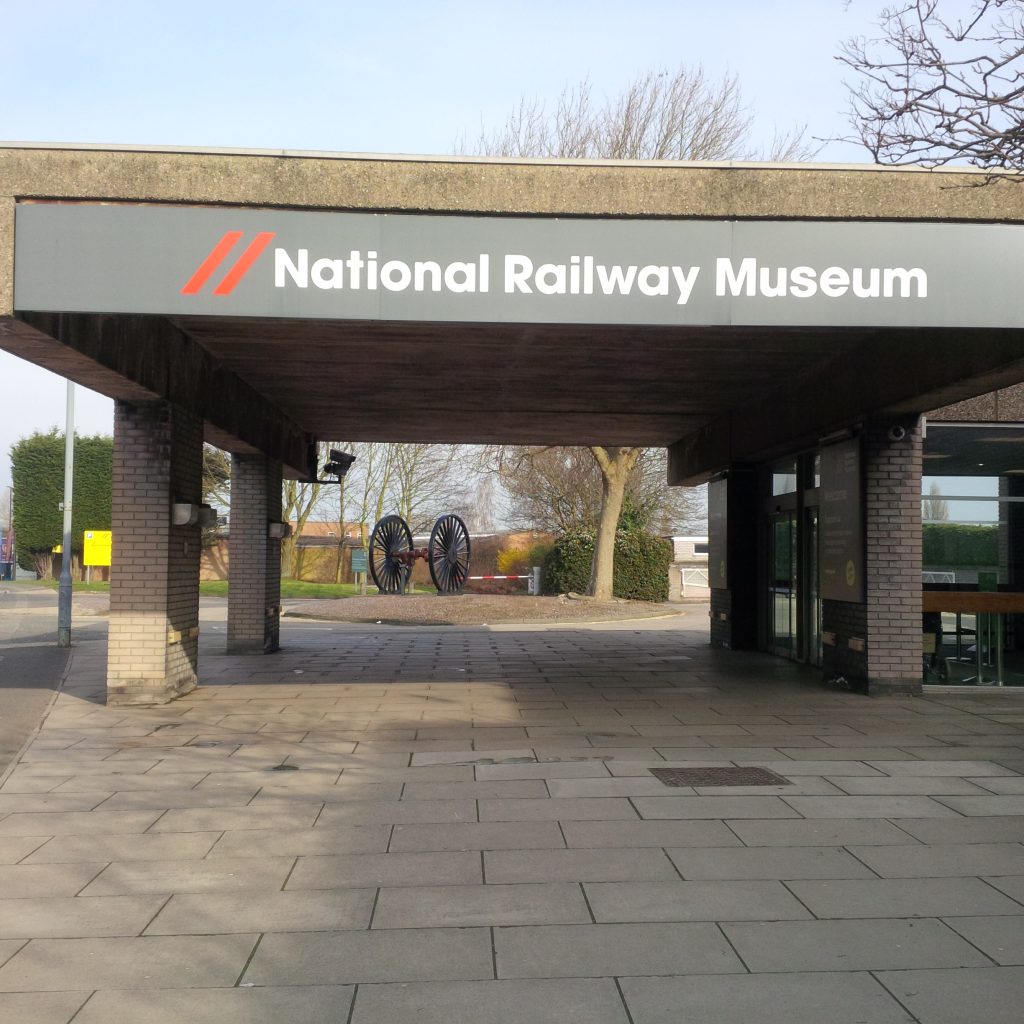
Other Leeman Road addresses were the old plant time office, 1 and 2 The Hut, The Bungalow, The Cottage, Stable House (in 1939 occupied by Harry Newsome, railway horse keeper), 1 and 2 Coal depot, Divisional Locomotive Office, Permanent Way stores office, signalling department stores, District Engineers office and electric light works.
Coal and lime depot
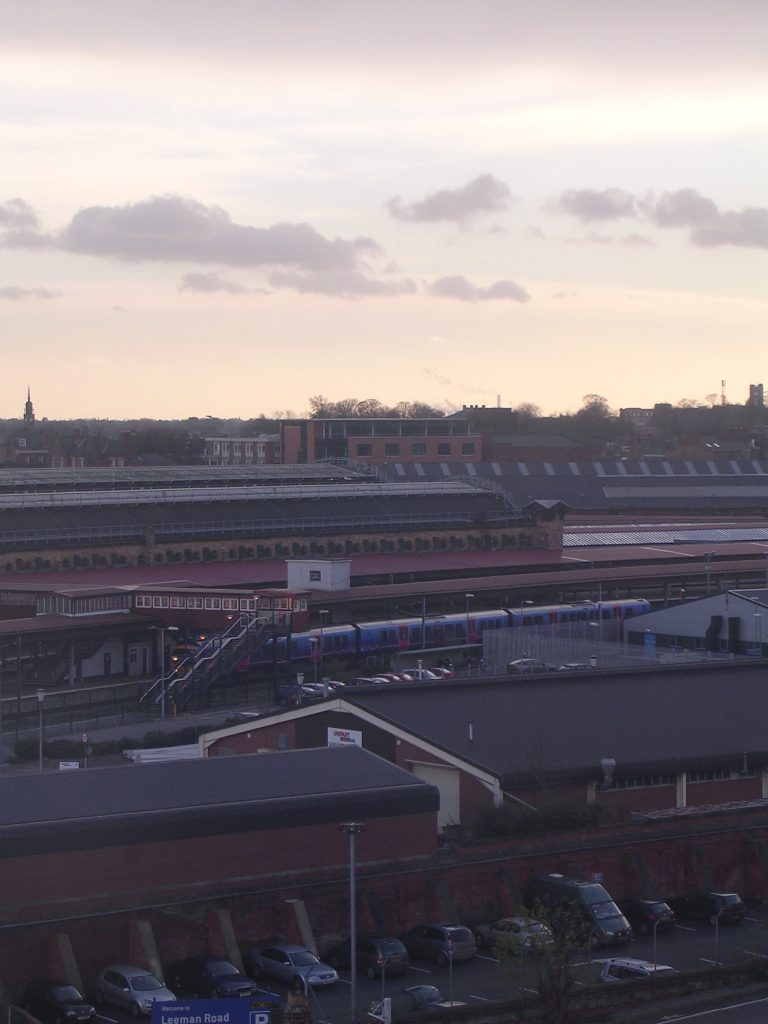
Former Signal and Telecommunications Workshop
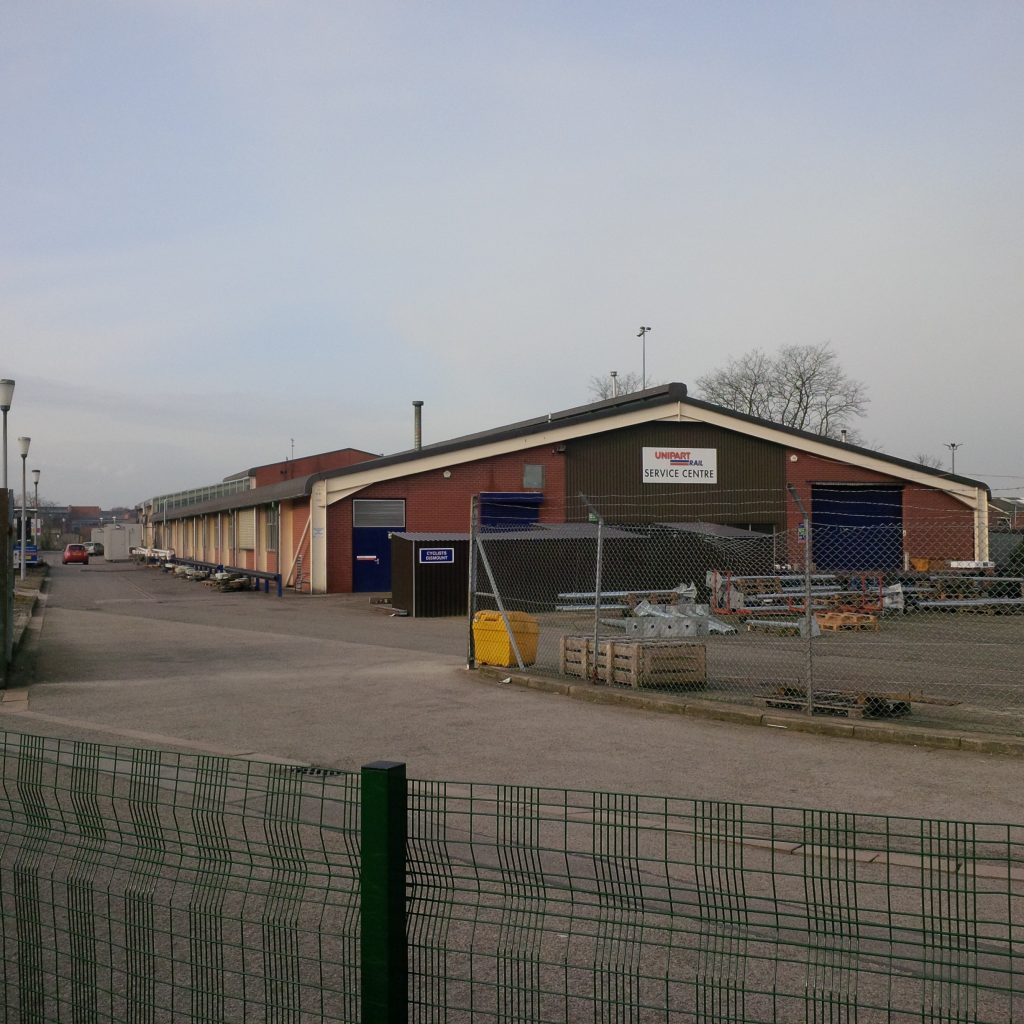
Other sites on Leeman Road
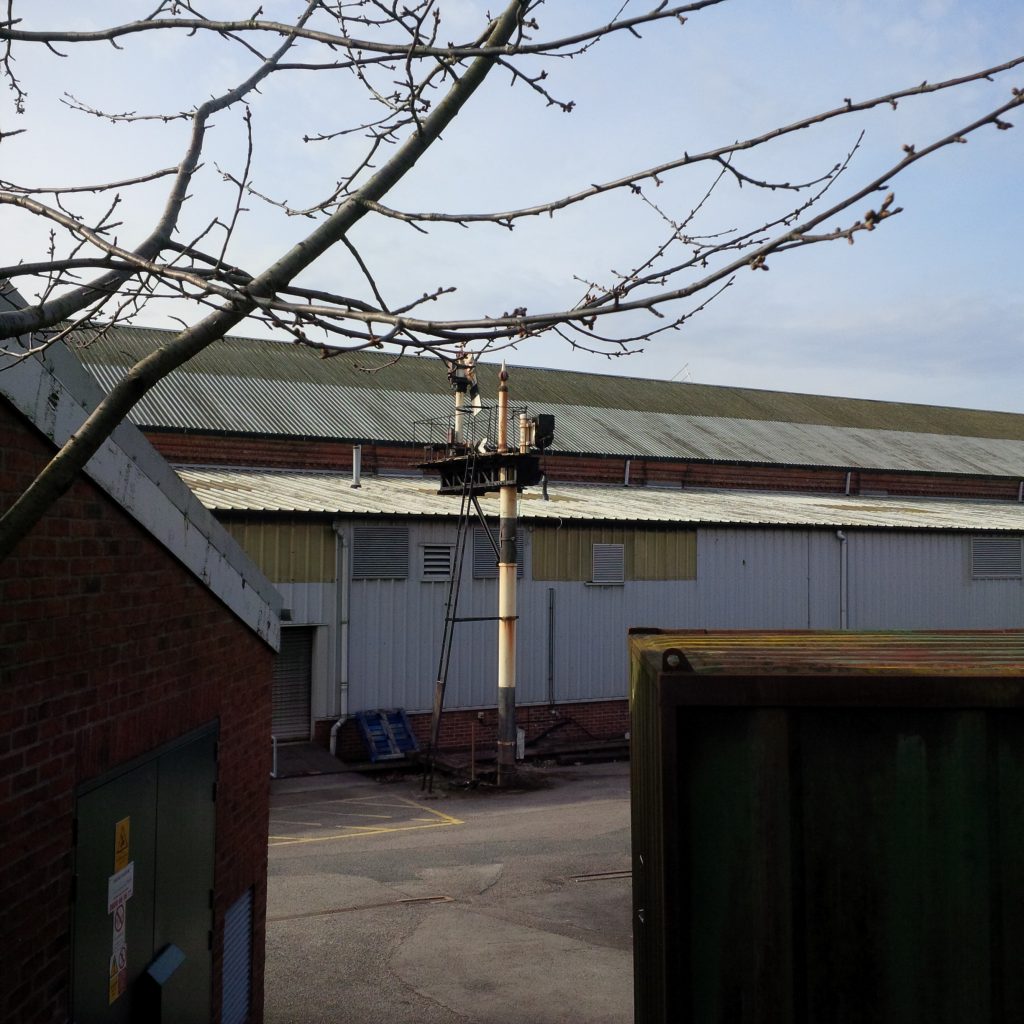
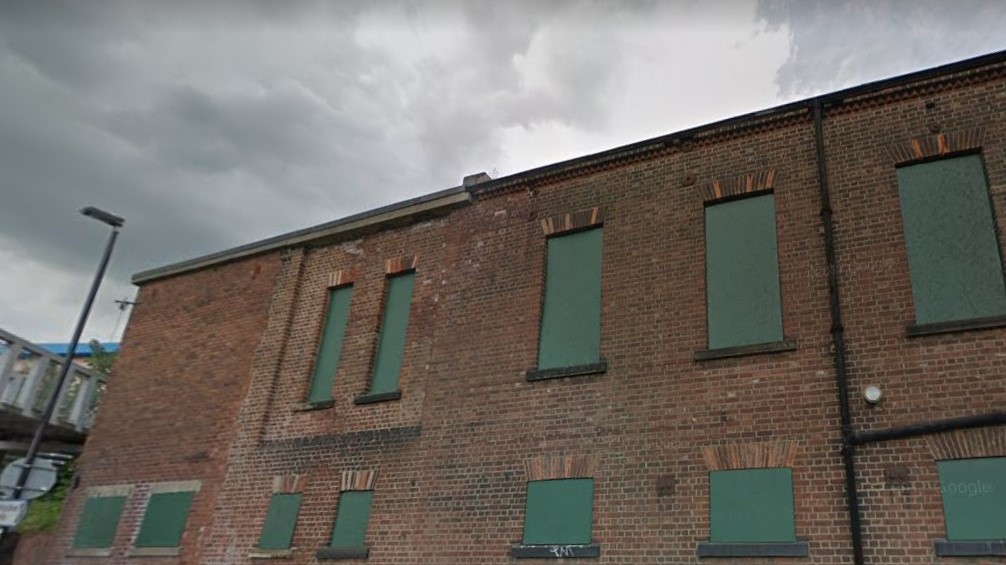
Was this the hydraulic power house? On Leeman Road, near Marble Arch. A building is in this position on the 1910 OS map
Site of Phoenix and Albion Works (iron)
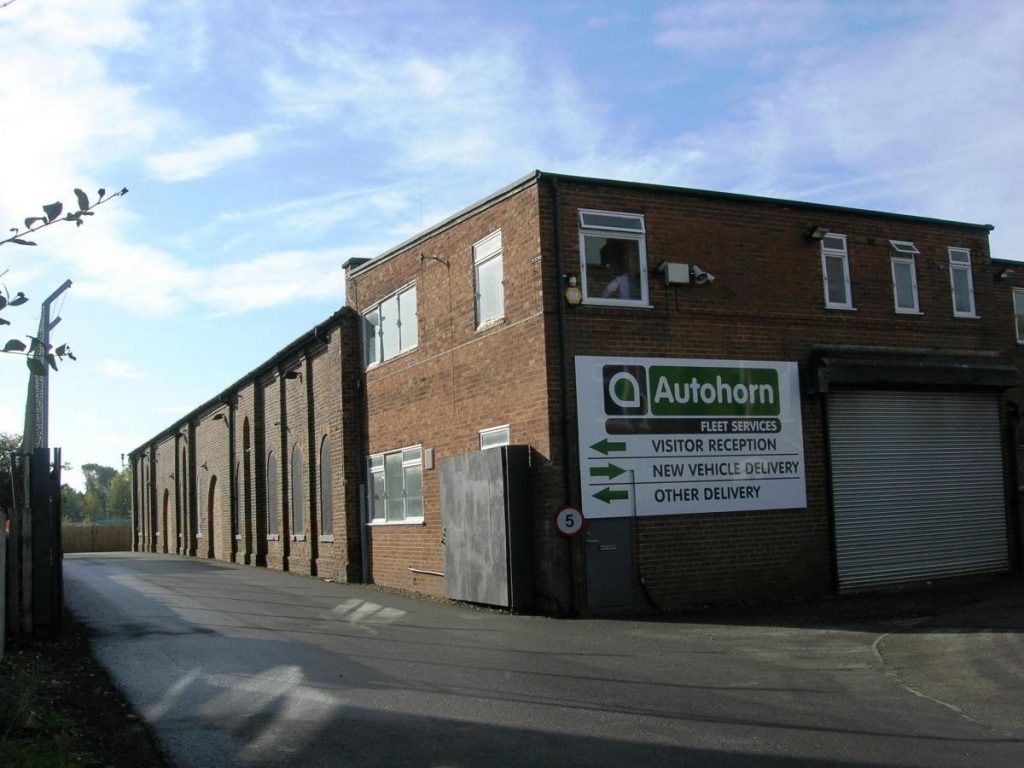
Further information available from York Stories.
Cinder Lane
Old Station inside the Bar Walls
North East Railway offices
Station Hotel
Lowther Terr off Holgate Road
Before this area became flats, I think this was Holgate Villa offices. It replaced Holgate Villa, the house built for Thomas Cabry, the York and North Midland engineer. In an 1851 trade directory, he is described as resident engineer, railway station and home being Holdgate Villa. In 1861, post the merger to become NER, Thomas was also Sheriff of the City of York. By 1871 he was living at 31 The Mount. He died 5th September 1873, at the age of 72. He left a widow, Margaret Anne. They had been married in St Stephen’s Church, Acomb, in 1841.


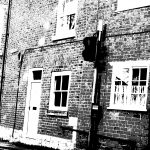
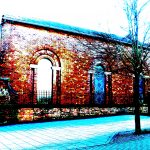
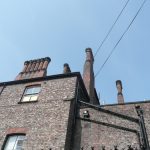

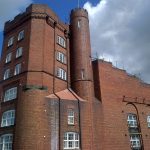
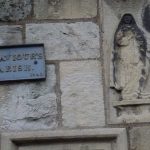
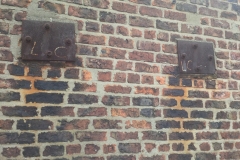
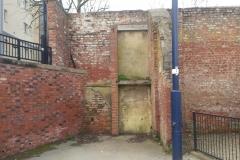
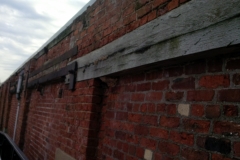
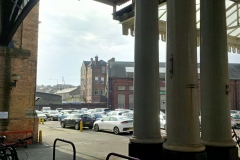
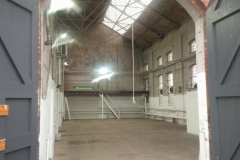
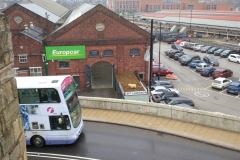
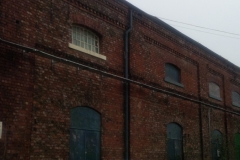
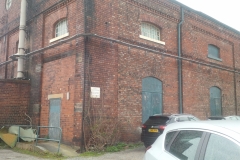
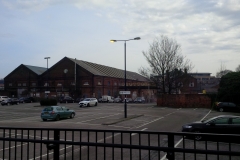
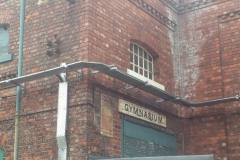
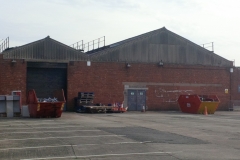
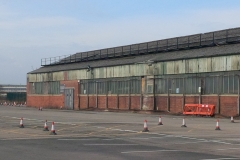
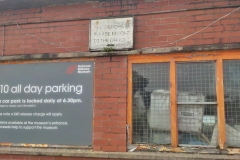
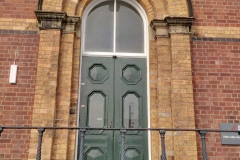
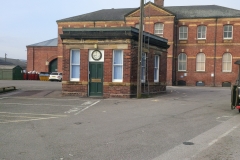
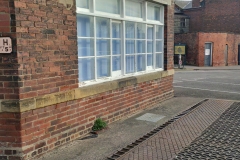
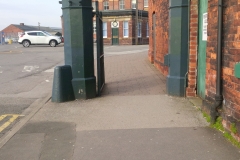
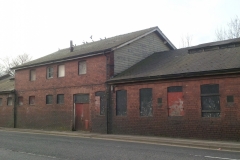
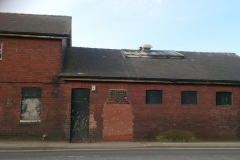
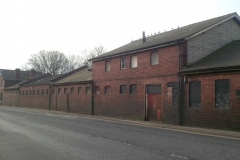
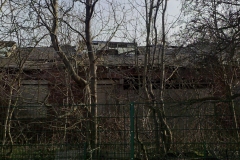
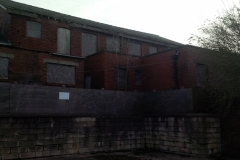
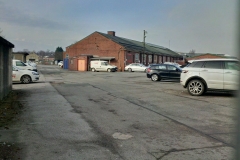
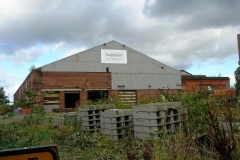
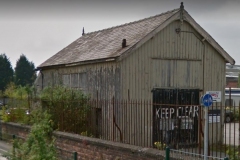
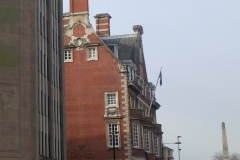
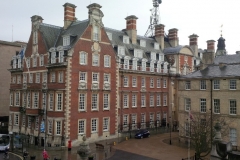
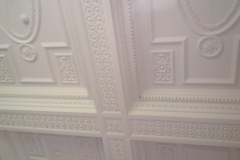
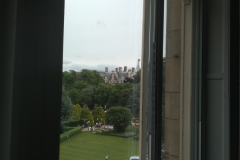
Leave a Reply